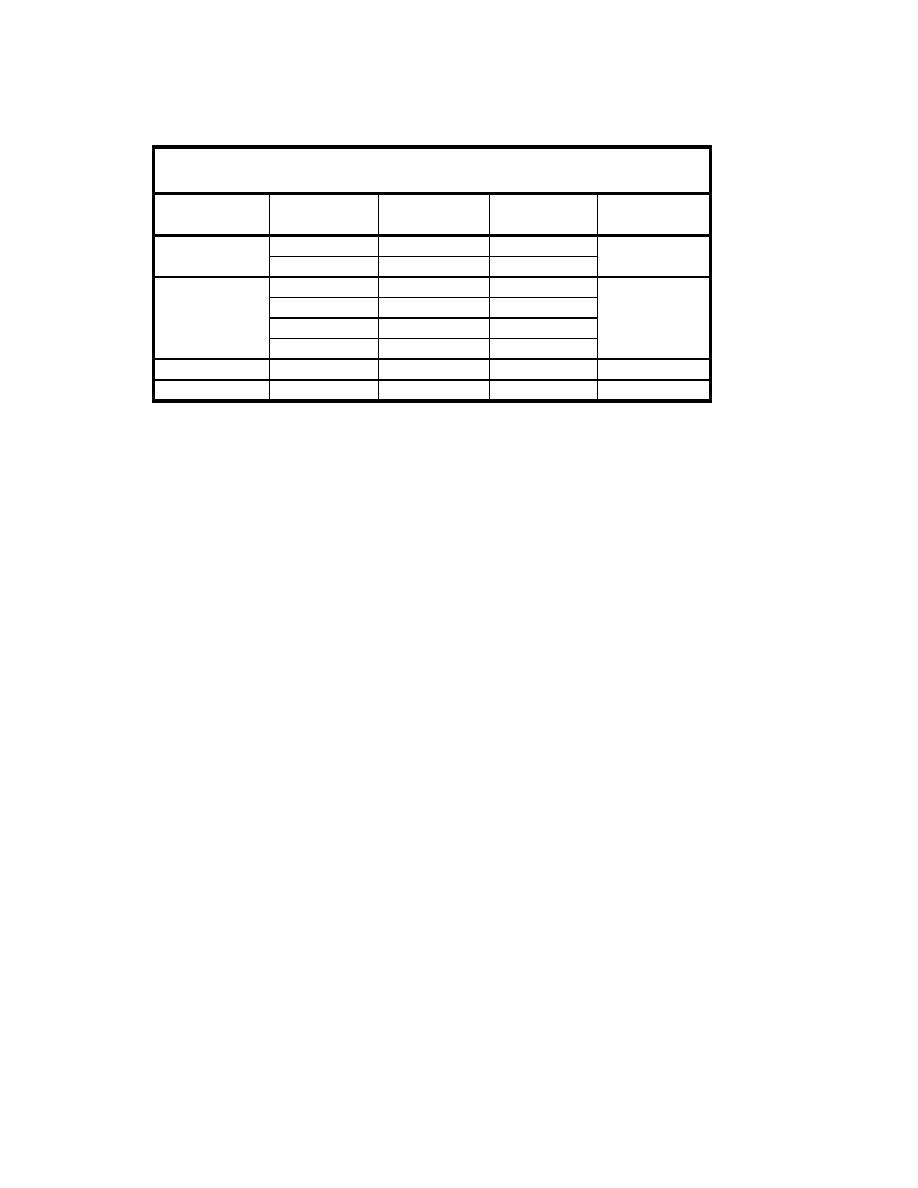
Table 5
Number of Pixel Sampling Elements and CIIS Arrays
Collocated CIIS
Sampling
Experimental
Arrays
Camera View
Arrays
Elements
Arrangement
Structure 1
C4
1133
103
20
C6
814
74
Structure 2
C3
1100
100
72
C4
902
82
C5
1683
153
C6
2398
218
Structure 3
C1
3355
305
NA
Structure 4
C1
3355
305
NA
no effort was made to remove information contained in the original analog
signals. During the playback process, the image processor collects time series
records of pixel intensity at locations corresponding to measurement array
elements. The software reads VITC on each video frame to locate the image
records of interest.
Pixel intensity time series records are called timestacks. Pixel intensities are
recorded as unsigned numerical representatives of gray values ranging from 0
(dark) to 255 (bright). Figure 33 shows an example timestack collected at a
sample rate of 30 Hz for duration of 10 sec during a random wave test. Bright
regions of the timestack are associated with the wave crest and wave slope facing
the illumination source. Dark regions of the timestack are associated with the
wave trough and slope of the wave facing away from the illumination in the
shadow of the wave.
Time series analysis
As previously mentioned, the premise for use of CIIS as a wave direction
measurement system is that, for waves propagating past a fixed point on the free
surface, the intensity of directional specular reflection from the surface of the
wave slope varies from light to dark. It is assumed that, outside of the wave-
breaking region, the phase structure of the timestacks is a proxy for the phase
structure of the true propagating wave signal. To exemplify this assumption,
Figure 34 shows synchronized time series records of reflected light intensity and
wave height from a collocated pixel sampling element and capacitive wave rod.
These measurements were obtained during a Structure 4 monochromatic wave
test in the diffraction region, and temporal variations from peak to trough are
strongly correlated.
46
Chapter 5 Video-Based Wave Direction Measurement




 Previous Page
Previous Page
